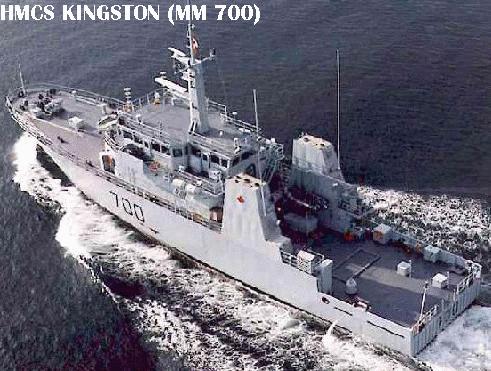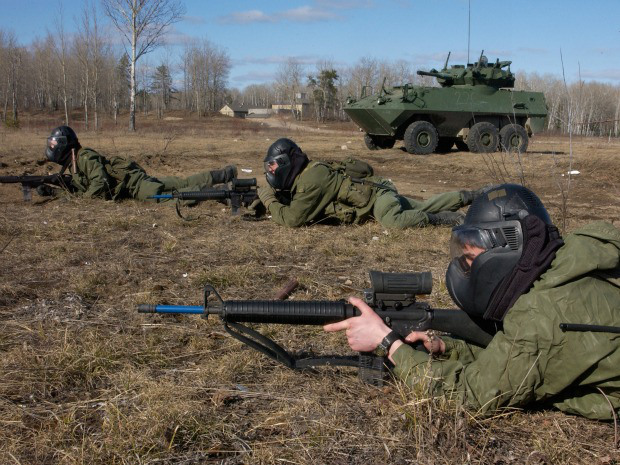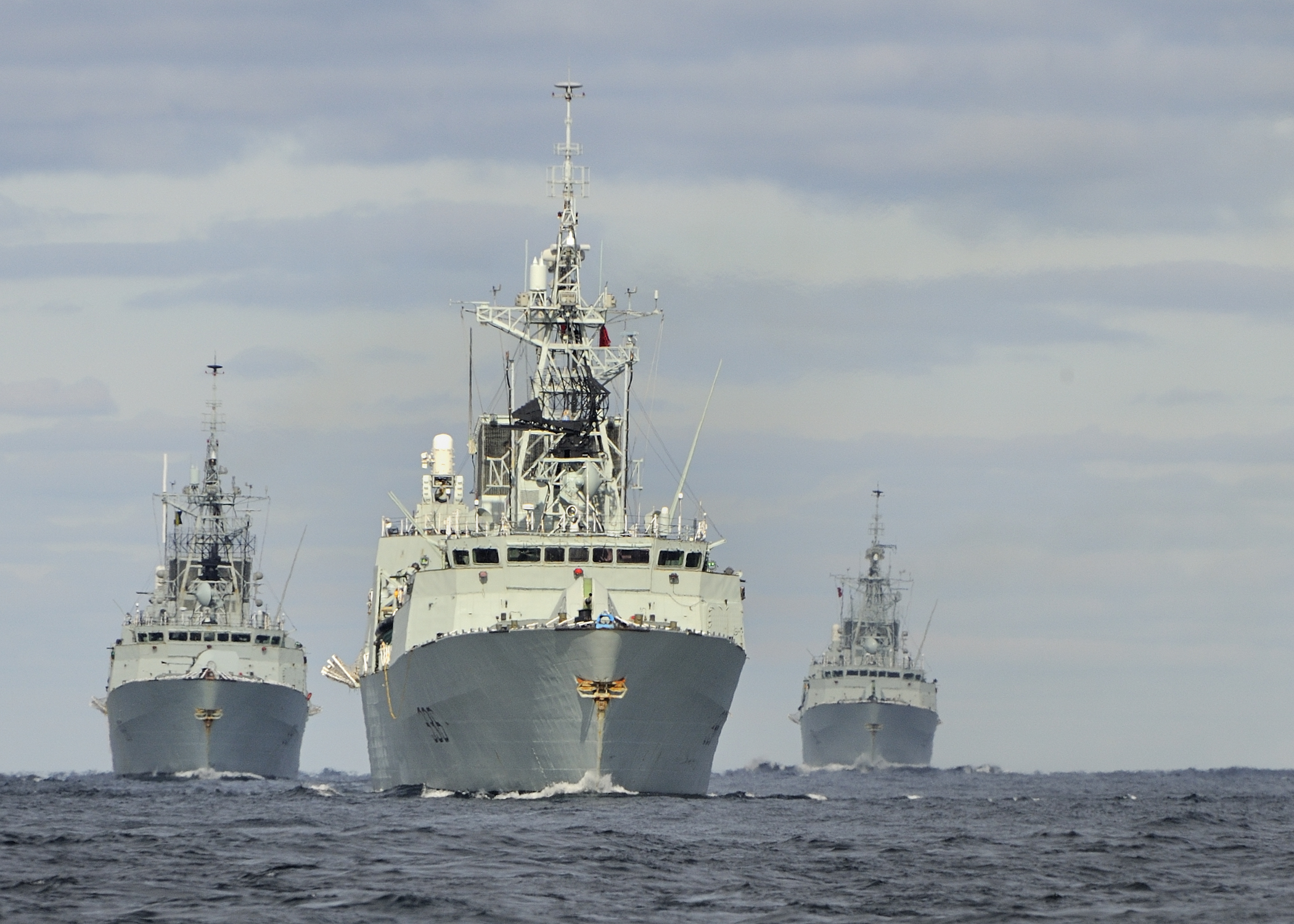As discussed previously, there is a temptation to reorganize reserve forces along the total force concept. The total force concept has usually been applied to ground forces. However, in the United States the concepts has been extended to the United States Air Force, the United States Air Force Reserve, and the Air National Guard. For various reasons, the United States has not applied the total force concept to its navy. In a rare case of organizational innovation Canada has partially adopted the total force concept for manning its Kingston-class coastal defence vessels.
In commission since 1996, the twelve Kingston-class coastal defence vessels are equally distributed on the Atlantic and Pacific coasts. Their main missions are coastal surveillance, sovereignty patrol, route survey, training, supporting international anti-trafficking missions and, until technology diminished the utility of this mission, minesweeping. The Kingston-class has been controversial for a variety of reasons, but the salient issue is that the ships are unique in that they are manned almost exclusively by members of the Canadian Naval Reserve. As such, the class provides an excellent case study on the limitations of reserve forces, particularly reserve forces adhering to some aspect of the total force concept.
The use of reservists for coastal surveillance, sovereignty patrol, route survey, and training is entirely sensible. Given the distance hostile vessels will have to cover to get anywhere near Canada’s coastline, and the robust air, sea, and land-based maritime surveillance system provided by the Royal Canadian Air Force, Royal Canadian Navy, and Canadian Coast Guard there is little justification in spending large sums in keeping coastal patrol vessels in high readiness. The problem, however, is that a key determinant of the design of the vessel – a determinant that has rendered it a poor investment – was the minesweeping mission. Naval mine warfare increasingly requires mine hunting capabilities that the Kingston-class vessels currently lack.
The technical unsuitability of the Kingston-class, even if ameliorated by an upgrade or replacement is not, however, the main problem. The most likely scenarios for the use of mine warfare vessels involve Iran attempting to block the Strait of Hormuz and North Korea releasing floating mines into the busy shipping lanes of the western Pacific Ocean. In both scenarios any deployment of mines in shipping lanes will disrupt commerce and negatively impact maritime insurance rates even if no ship is damaged. As seen in the case of piracy of the Horn of Africa, increased maritime insurance rates have serious economic repercussions. It is only natural that Canada, a responsible member of the international community and one dependent on trade, will want to contribute to dealing with the mine threat. Given the manning of the Kingston-class by reservists, however, Ottawa will have to rapidly man a number of vessels, charter a semi-submersible heavy-lift ship for transporting the vessels, and wait well over a week for them to deploy in theatre. By looking at likely deployment scenarios it becomes clear that it is optimal to man mine warfare vessels at higher readiness – that is to say with regular naval personnel, not reservists.
If Canada wants an effective mine warfare capability, as the navy appears to seek through new procurement, then Ottawa must go beyond simply paying the bill for new vessels. If the Canadian government is serious about its commitment to the free flow of commerce in the world’s sea lanes – something it appears to be serious about in the case of the Strait of Hormuz and off the Horn of Africa then the role of naval reserve forces must be reconsidered. Given Canada’s geography it is acceptable that coastal surveillance, sovereignty enforcement and training be undertaken on vessels manned mainly by reservists. But when it comes to a ‘rapid’ response capability requirement like mine warfare Canada should invest in more regular naval personnel to be able to actually use them in times of crisis.




